Kakamega is certainly not a highly publicized destination, but it is an area of great geographic, cultural and natural diversity offering visitors just as much, if not more, than many of Kenya’s better known tourist areas.
Here’s a list of some of the attractions in this evidently underrated and culturally rich region.
Kakamega Forest Reserve
The 240 km2 Kakamega Forest dominates much of the tourism conversation of Kakamega, and with good reasons. Its biodiversity resembles that of the rain forests of Central and West Africa, much more than any other forest type in East Africa. It offers an exciting challenge for nature lovers to explore the forest which exhibits a high level of endemism in both flora and fauna: 10-20% of its species are estimated to be found nowhere else.
Activities involve bird watching, the forest boast over 300 bird species, trekking, camping among others.
.
Nabongo Cultural Center
The Wanga or Abawanga are a sub tribe of the Luhya People & a historical Kingdom within present day Kenya. Today the “Abawangas” number around 732 K and retain the Nabongo King as their cultural monarch. Started in 2008 this center depicts the past, present and futures ways of the long-standing kingdom At Eshiembekho, in Matungu
© Phaneul m
© Phaneul m
© Phaneul m
Ikhongo Murue
Situated off the Kakamega – Eldoret highway the “Crying Stone of Illesi” consisting of big boulders resting on top of a massive rock column resembles a human figure; head resting on weary shoulders – tears streaming down the length. Locals believe that when the stone cries it is a prediction that pleasant events are about to happen.
© kenrique nyt
© Felix Olando
The Golf Hotel
The only star rated hotel in Kakamega. The 60-rooms complex just a stone’s-throw outside the Kakamega business district is an excellent base for both business & leisure travelers
© leonard limo
© Vincent Kivuva
© Vincent Kivuva
Rondo Retreat
A quaint Christian based retreat for nature lovers within Kakamega Forest. The fulsome bio-diversity of this forest is mind-boggling and can be overwhelming to get through in a day; and the resort is a tranquil, serene and spiritual place to get best of this superb Forest
.
Lamanis Haven
Located 12km from Kakamega Forest on the Isukha-Ichina highway, the 3 bedroom house in the quiet and beautiful neighborhood of Ichina, represents the booming hospitality here. The restful house offers both exclusivity and freedom that comes complete with grand views of the rural landscape, tea plantation and a glimpse of the great Kakamega forest. Lamanis can host up-to eight guests, on self-catering basis
Ilesi Pottery Project
The Isukha and Idhaho Sub Tribes, of the Luhya are renowned potters and have rekindled this age-old art to a thriving industry that produces a dizzying array of finely crafted earthen-ware. Aside from their practical use, the wares serve as excellent decor. Guest also get to see craftsmen produce the wares, or explore Ikhongo Murue, a stone’s throw away Off Kisumu – Kakamega Road
.
Mawe Tatu
About 35 km from Kakamega Town. Vaguely resembling the traditional three-stone-fire cooking formation, the trio of large granite outcrops in Likuyanii Sub-County forms part of the rocky location near Lugulu Hill. The Mawe rocks are still one of the lesser-known stones of Kakamega that could be potentially scaled up as an adventure destination. At the moment, they serve as a welcome hiking place, with excellent vantage base to view the verdant landscape
© L Langdon
© L Langdon
Lirhanda Caves
Informally known as the bat caves located on Lirhanda Hill within the Kakamega Forest Reserve is home to one of the largest bat colonies in Kenya. Over 111 varied species take residence in this eerie dark bat loft. The summit of Lirhanda Hill, which at 1,700ft is the most elevated area in the reserve, offers sublime views over the canopy of the entire forest, the Nandi Escarpment and beyond. The path to-and-from the cave has views of the Yala River, Isukhu Falls where hikers can enjoy the serenity and solitude of the forest as well as its plenitude of birds and butterflies. 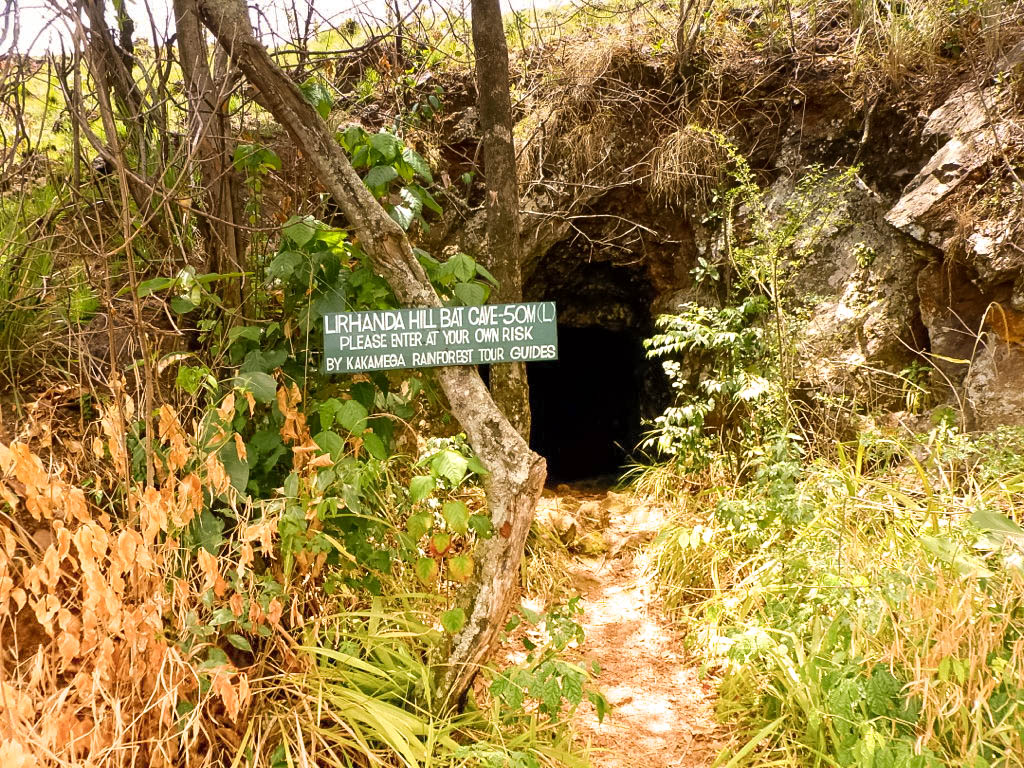
© Sofia
Hamptons City
The multi-billion project in Butere Sub-County is arguably the largest of kind here. Started in 2015, the project (effectuated in four phases,) has put Butere on the limelight, the 1st phase includes a Shopping & residential complex are already operational.
Phase 2 includes a 5000-bed capacity referral hospital, with over 70km of road and more than 300 solar street lights is ongoing.
Phase 3 includes a 36-hole golf resort and residences, an airport, shopping malls and a convention Centre kicked-off in January 2018
© L Langdon
© L Langdon
Rosterman Mines
Gold mining has a long standing history in Kakamega comprising of mines in Bukura, Sigalagala & Rosterman collectively covering an area of 64 km2. The Kakamega Gold Rush of the 1930’s that was partly ‘ignited’ by a report by the reputed geologist Albert Ernest is among the ‘greatest’ historical events in Kenya. The Rosterman Mining, a colonial company that operated here in the 1950’s was among the big names to join the in the rush. Very little exploration appears to have been done, and even less gold discovered. It is now operated by the locals on “ball and mill” traditional scheme.
Image Source
Savona Isle Resort
The African design inspired resort on 3 acres on a property encircled by the Isikhu River. The U-shape of the meandering river that flows from the Kakemega Forest gives it the superficial appearance of an Island. Savona Island is accessed via a permanent bridge opening up to well-manicured lawns scattered with manure trees and hedges. It is splendid for both day excursions & overnight stays. Conveniently near: Kakamega Town, and the alluring Kakamega National Forest Reserve
.
Nandi Escarpment
The Nandi Escarpment forms a prominent feature on the eastern border of Kakamega County with its main scarps rising from about 1700 meters to 2000 meters. The Escarpment is a manifestation of extremely rugged grounds made up of granite & volcanic rock, which stretches for 25 kms North toward Kisumu. It is easily seen on various vantage points around the Kakamega National Reserve and the road-side, on the Kisumu-Kakamega Highway, or on the Eldoret- Shinyalu- Kaimosi Route.
© Source
Bull Fighting
The riveting Kakamega bull fighting festival is the fiercest bullfight held annually at the Malinya Grounds, Kakamega
Locals at a bull-fight in Kenya – dressed in masks and women’s clothing, partly for fun, and partly to distract the bulls.© Simon Reeve
Getting to Kakamega
You can travel from Nairobi to Kakamega by plane, car or bus
There are daily flights from Jomo Kenyatta International Airport (NBO) to Kisumu International Airport (KIS). Domestic flights to Kisumu can be booked with several domestic carriers like Jambo Jet, Kenya Airways and Fly540. From Kisumu you can connect by road to Kakamega.

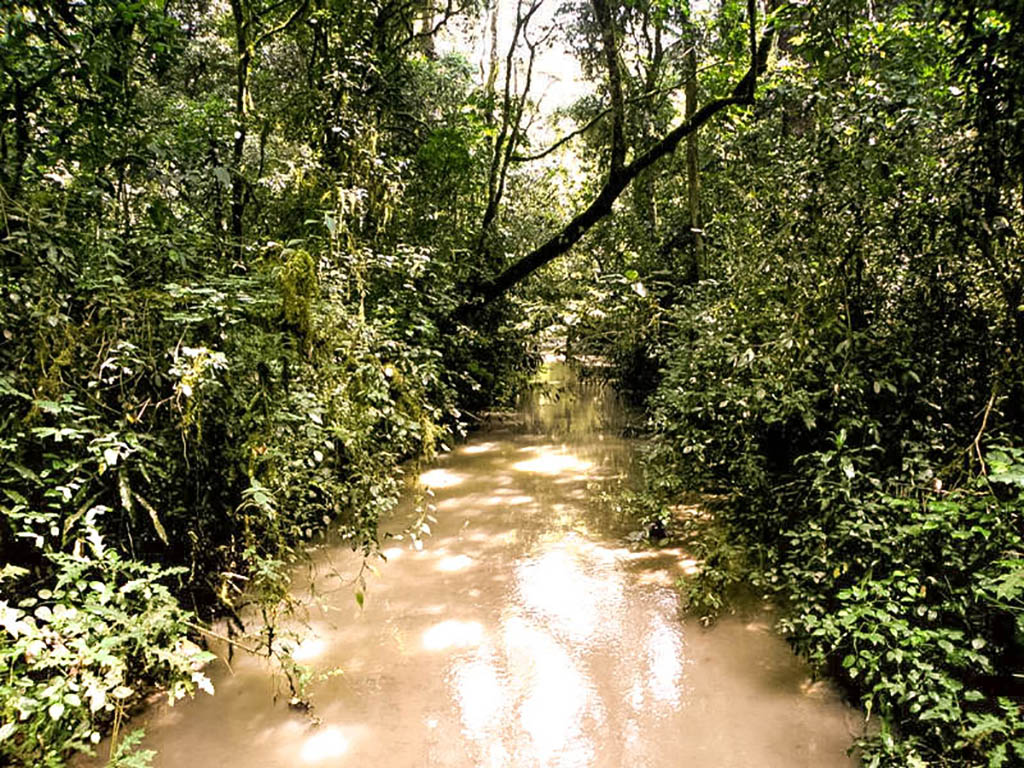
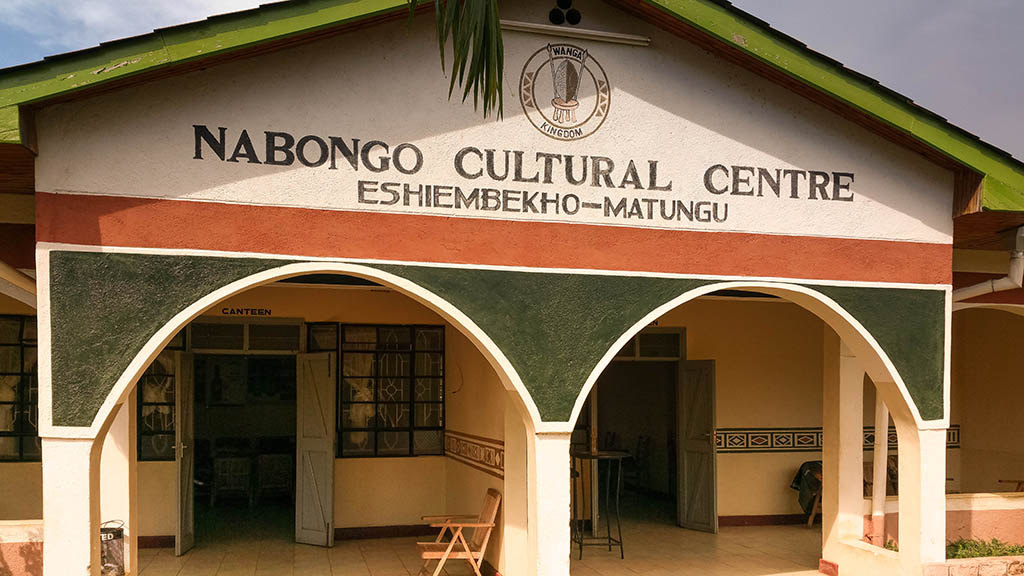
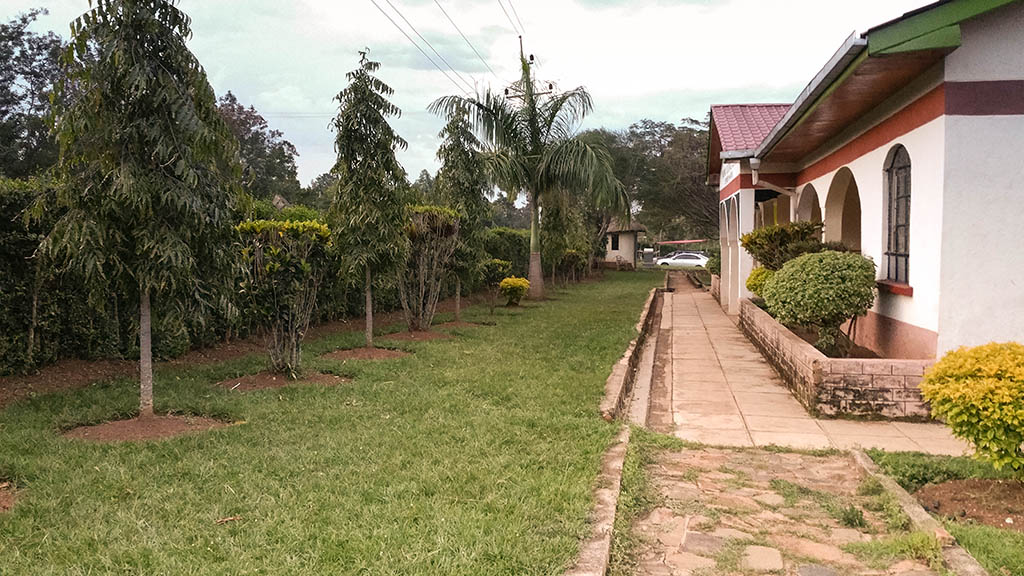
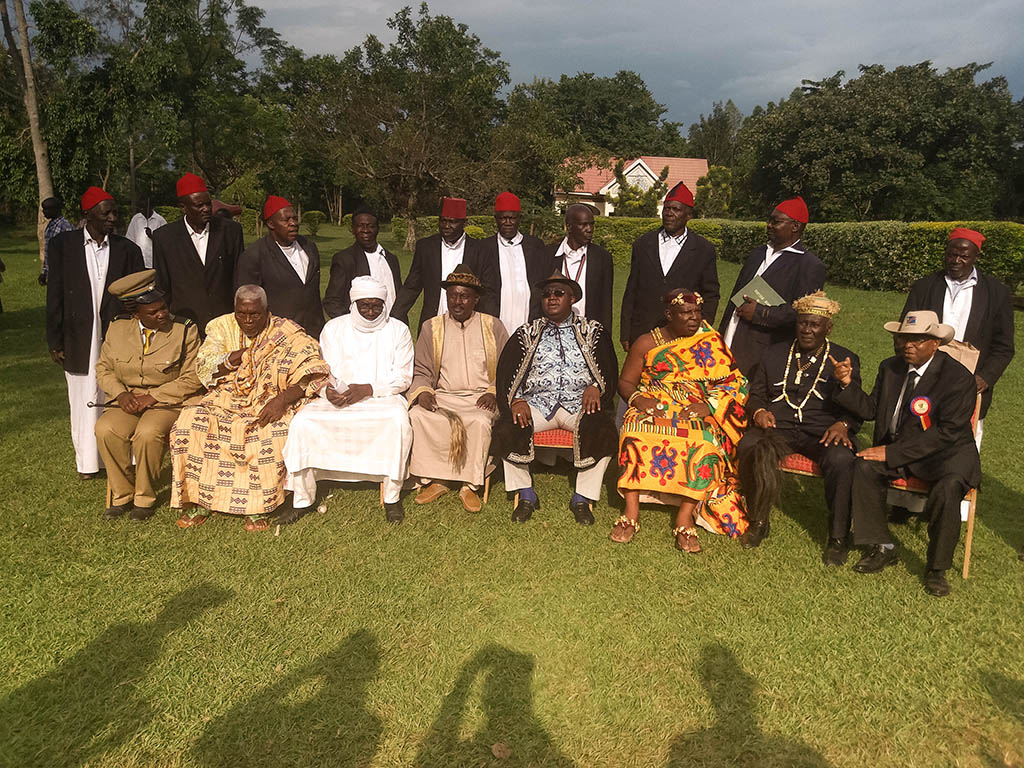
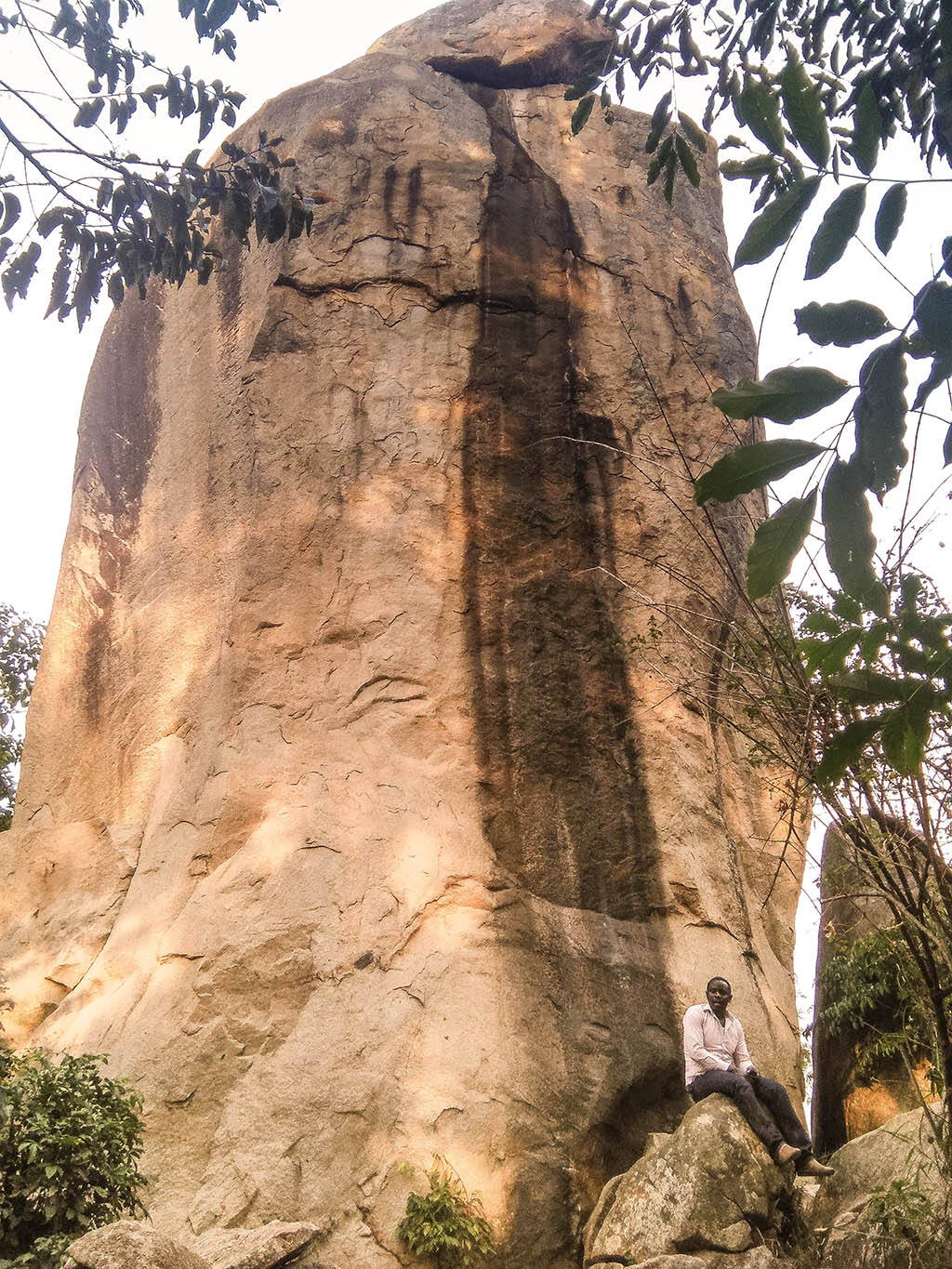
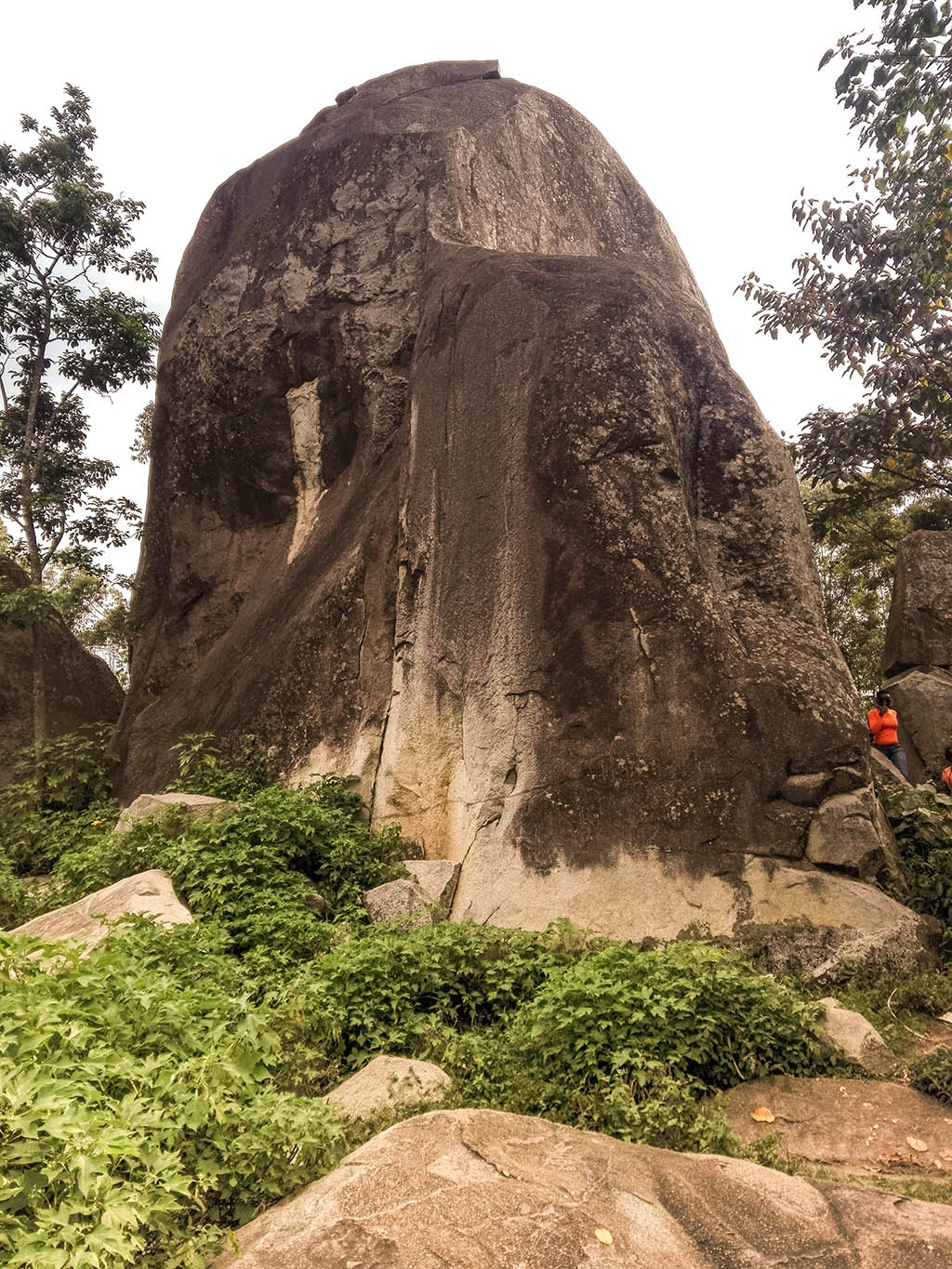
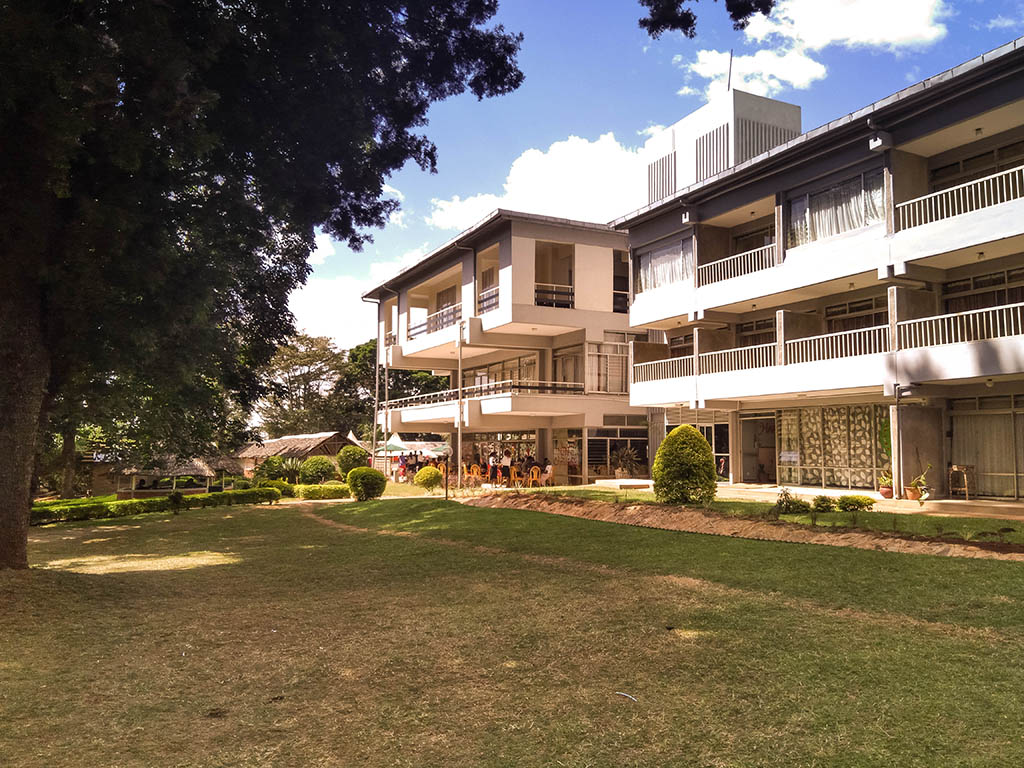
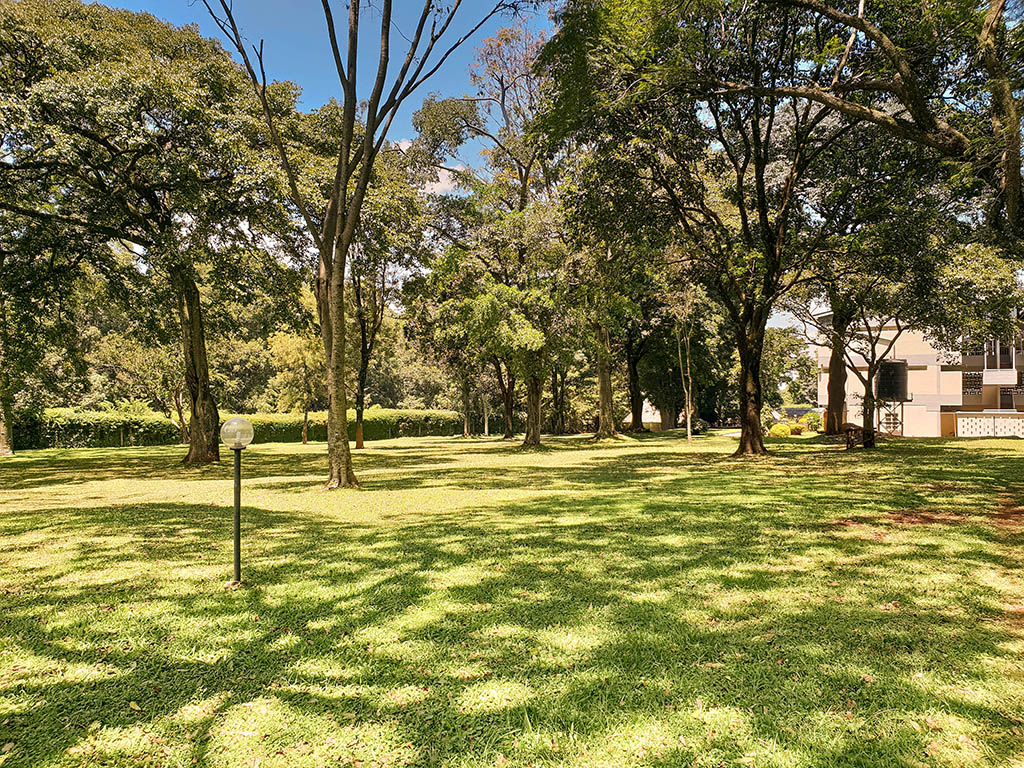
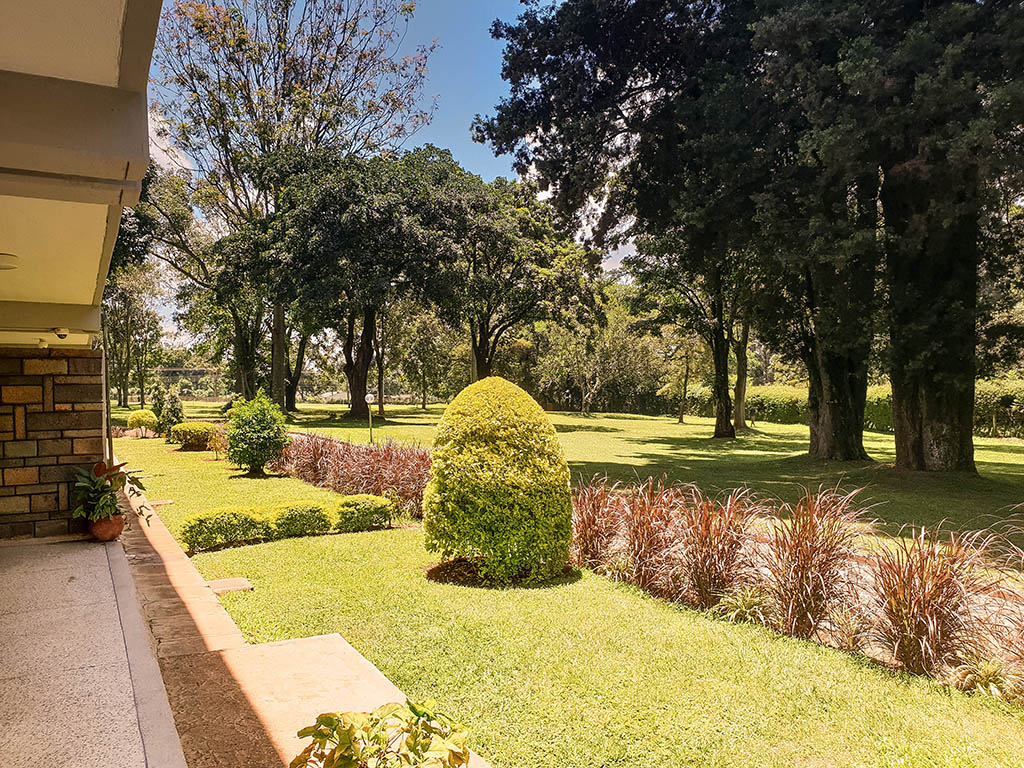
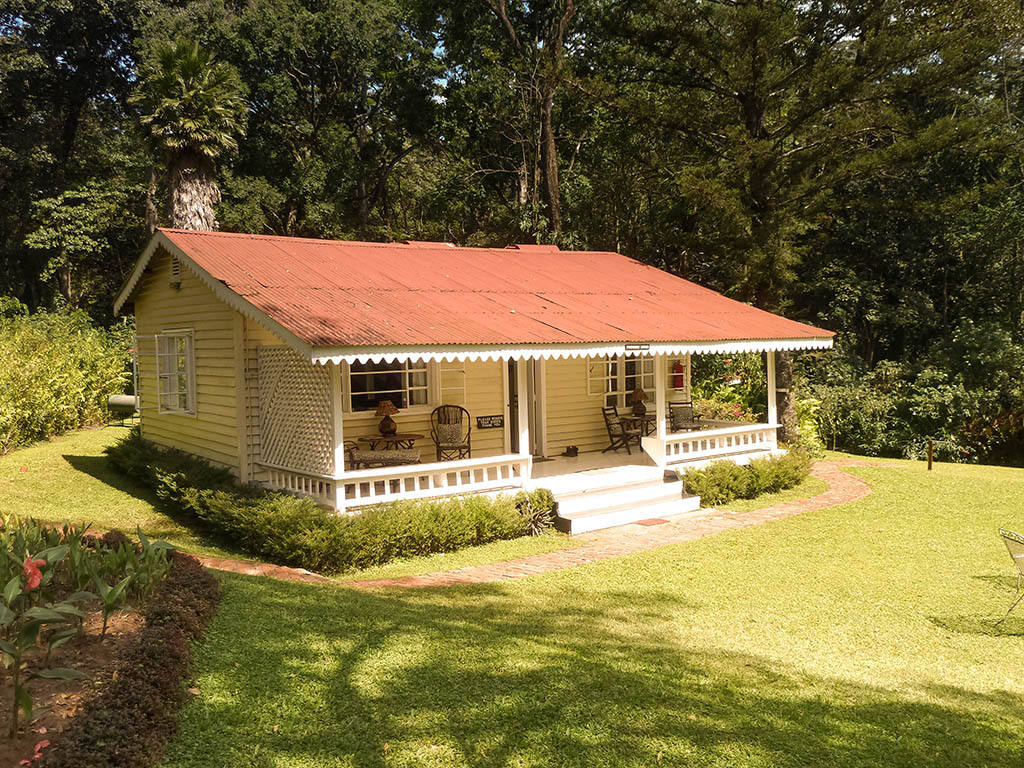
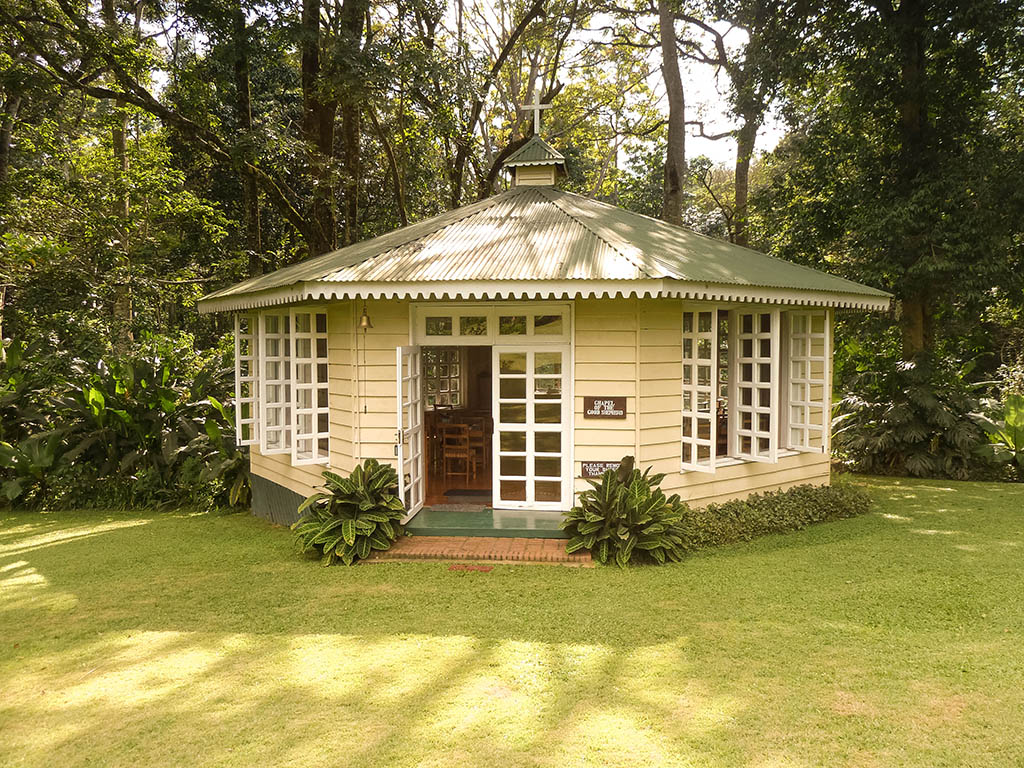
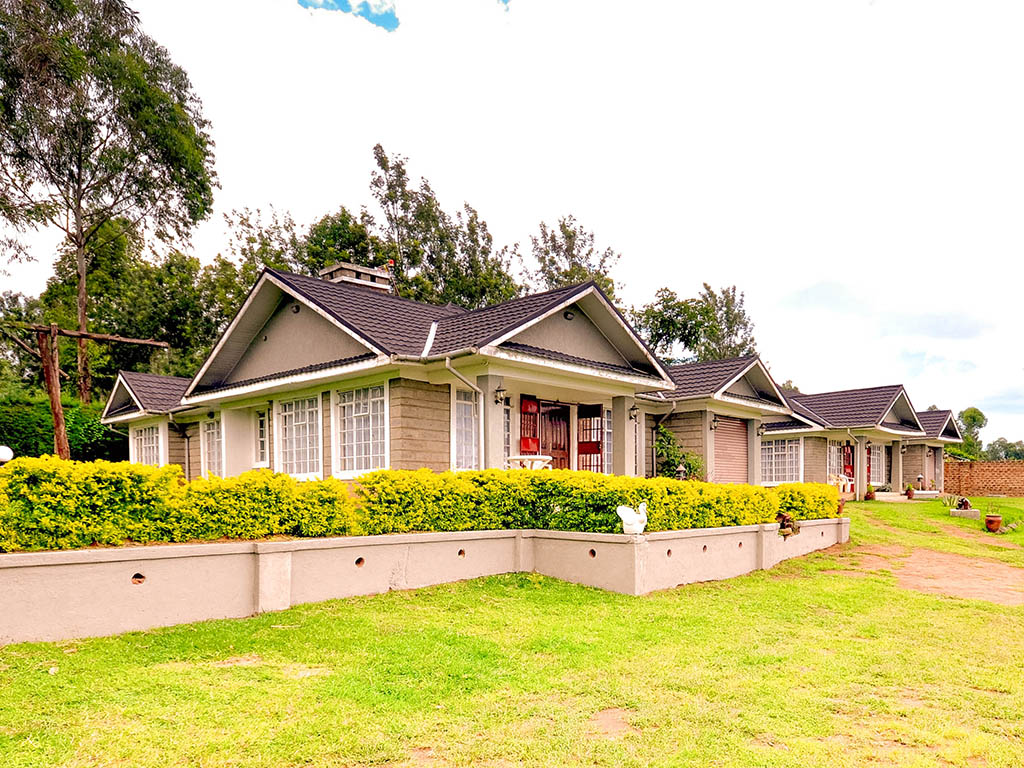
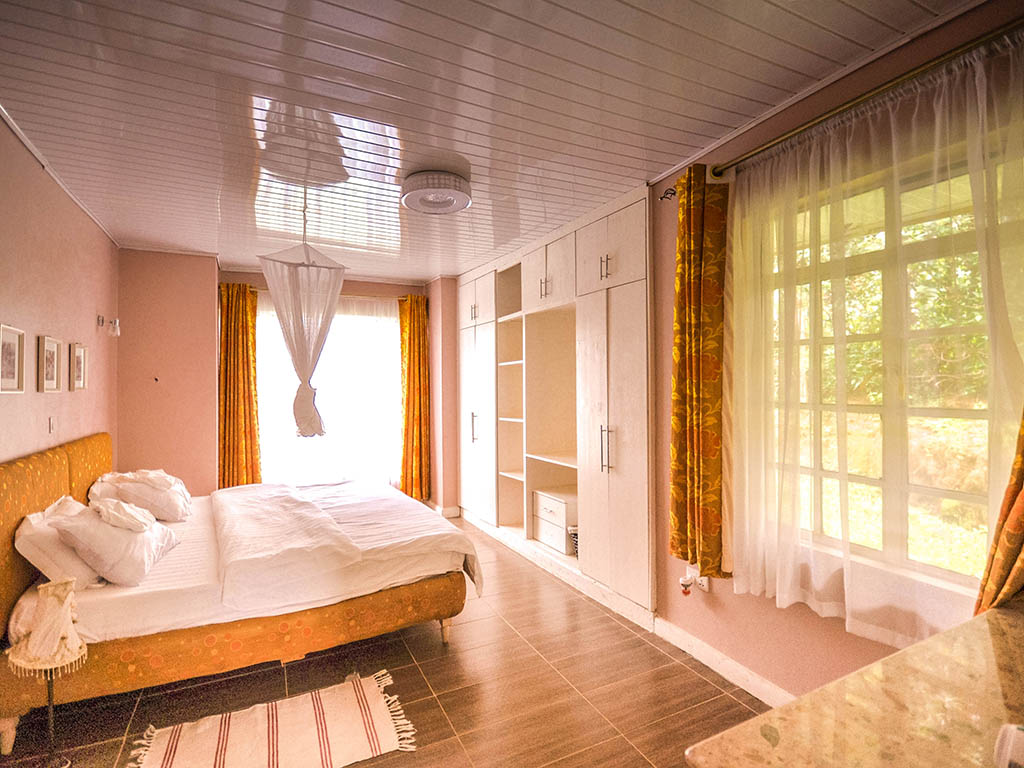
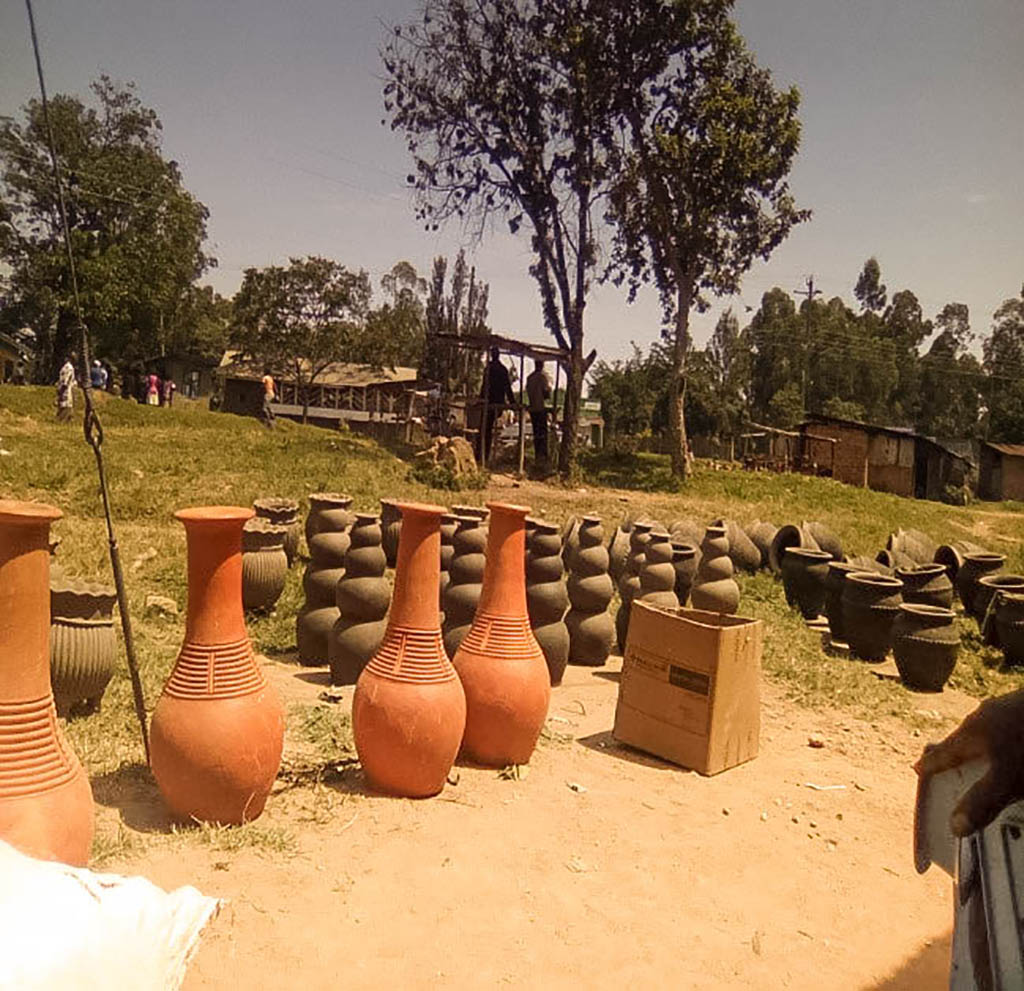
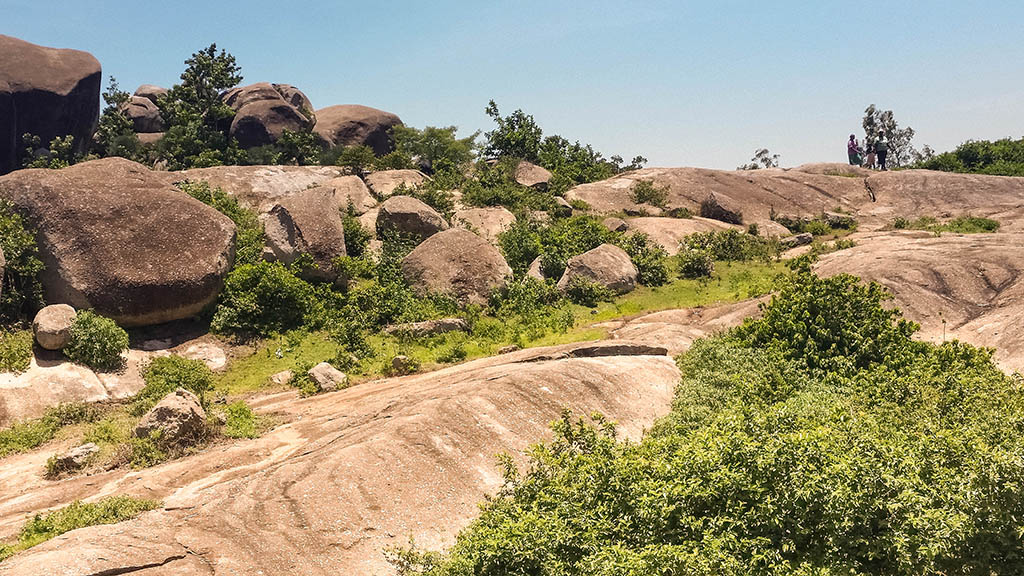
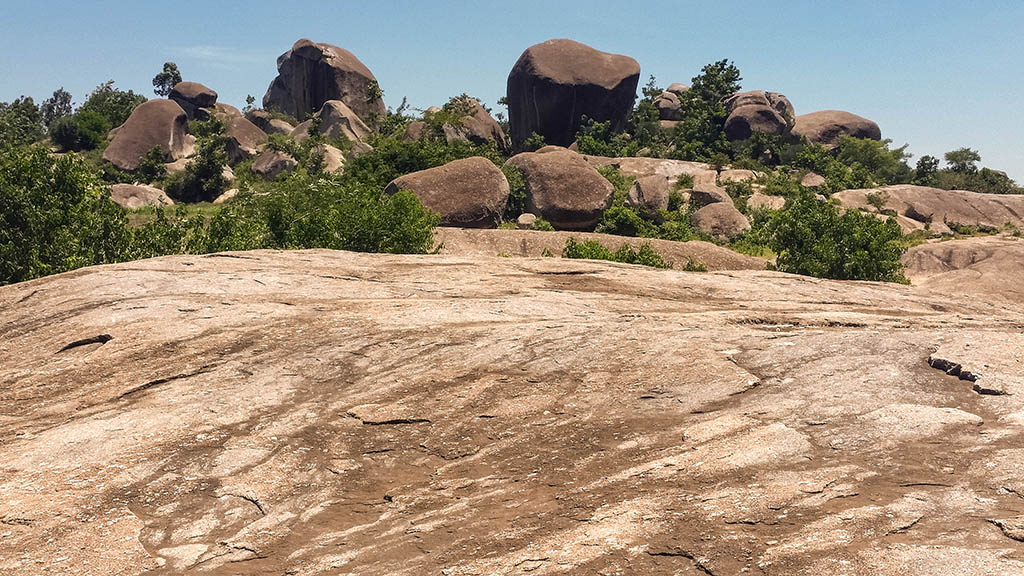
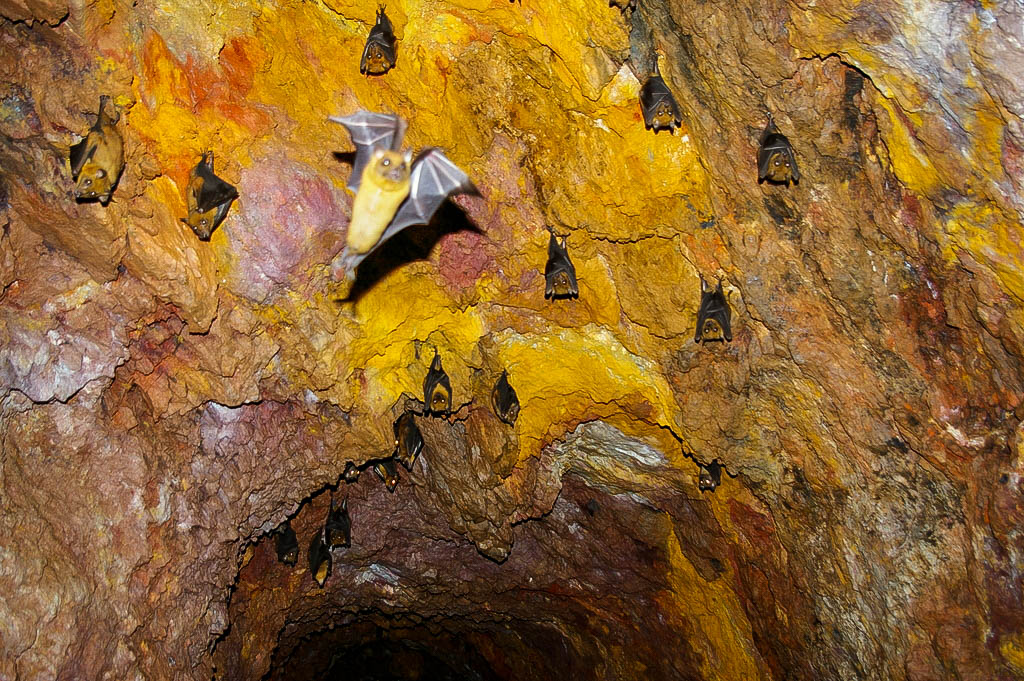

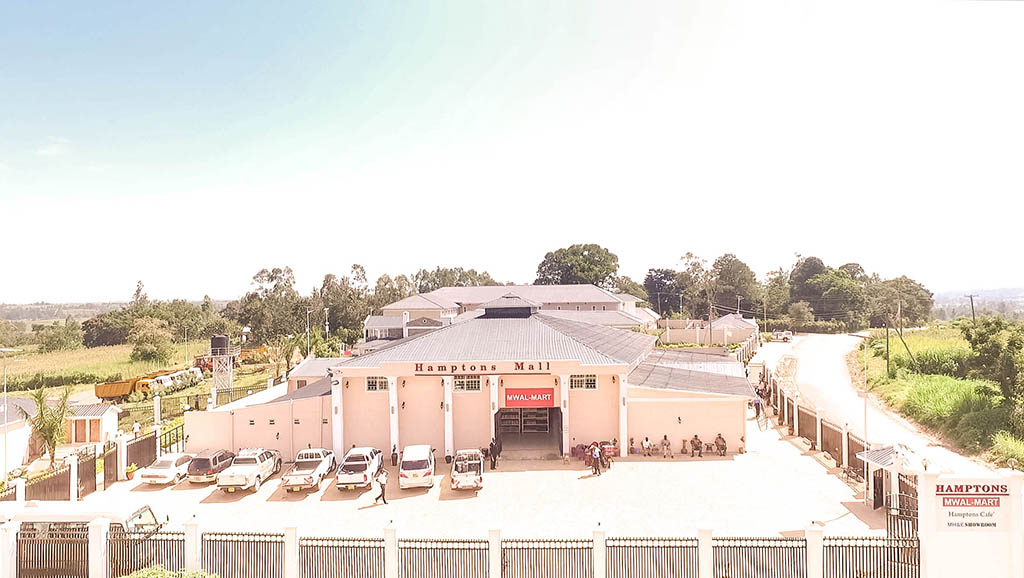

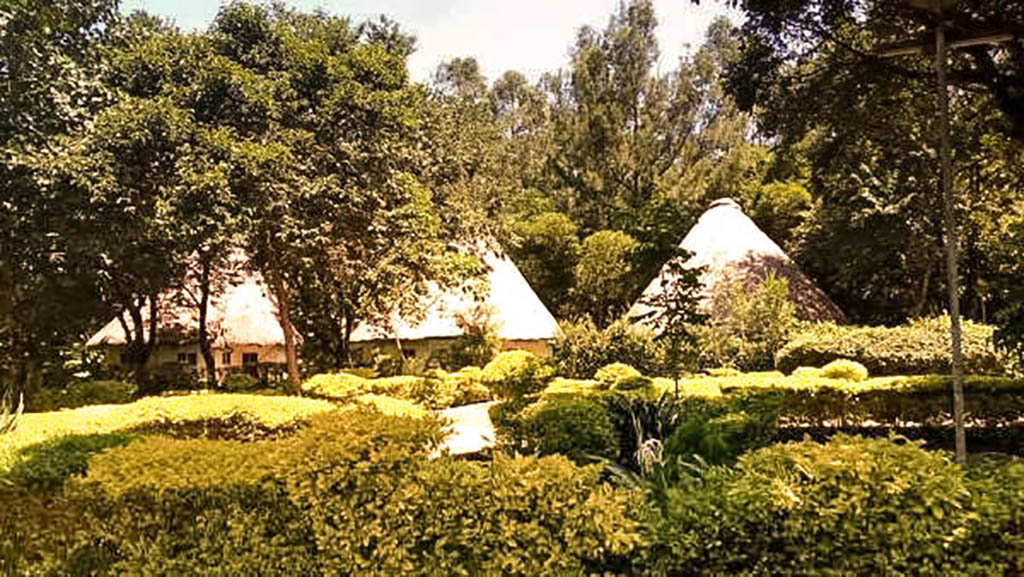
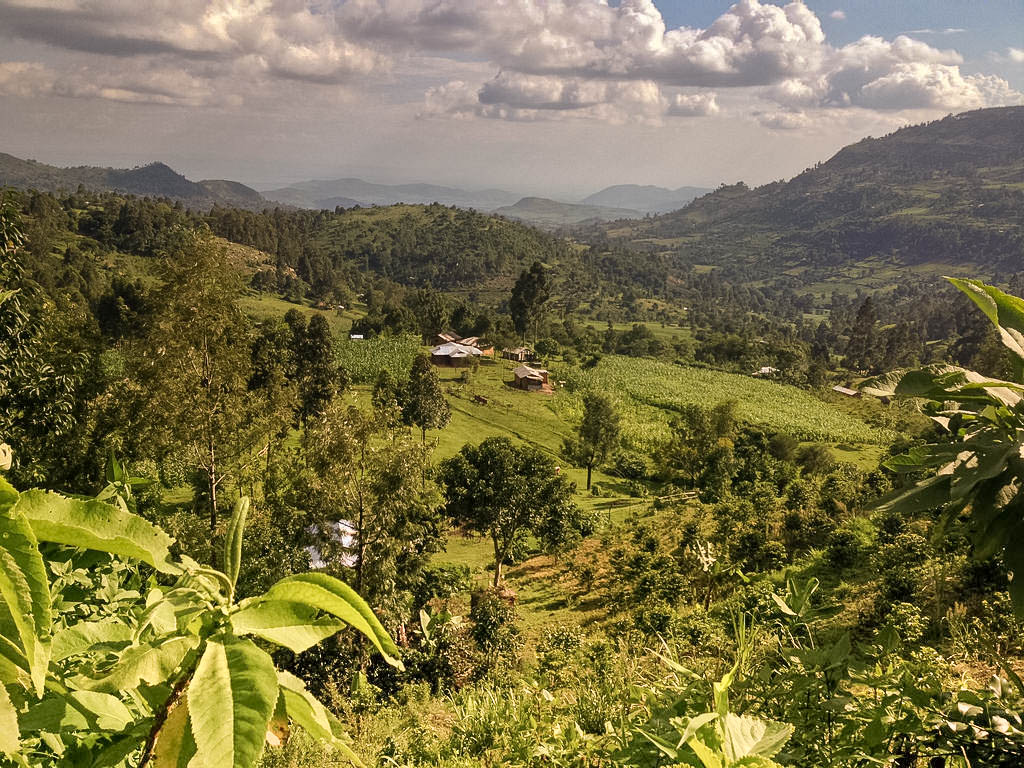
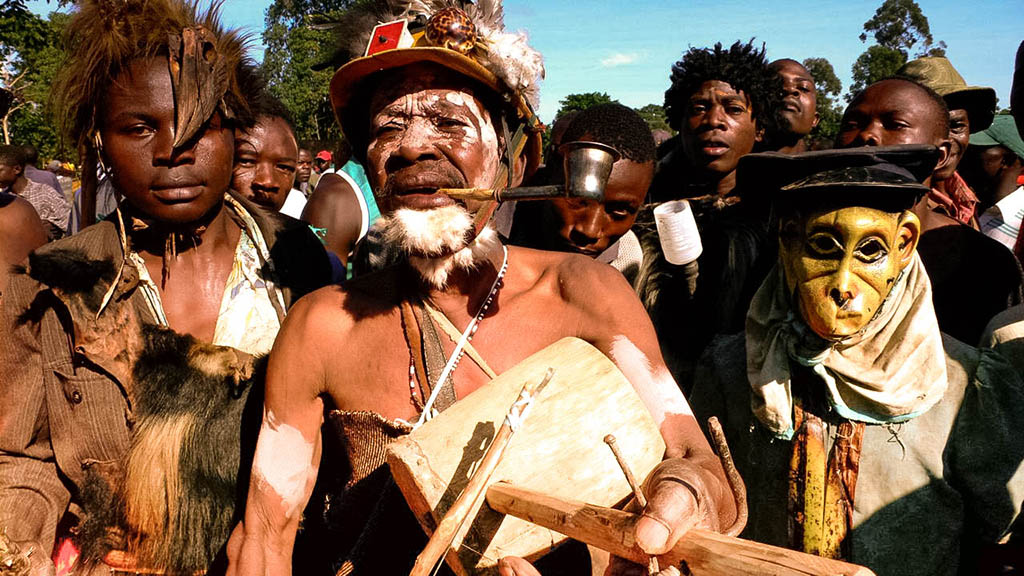
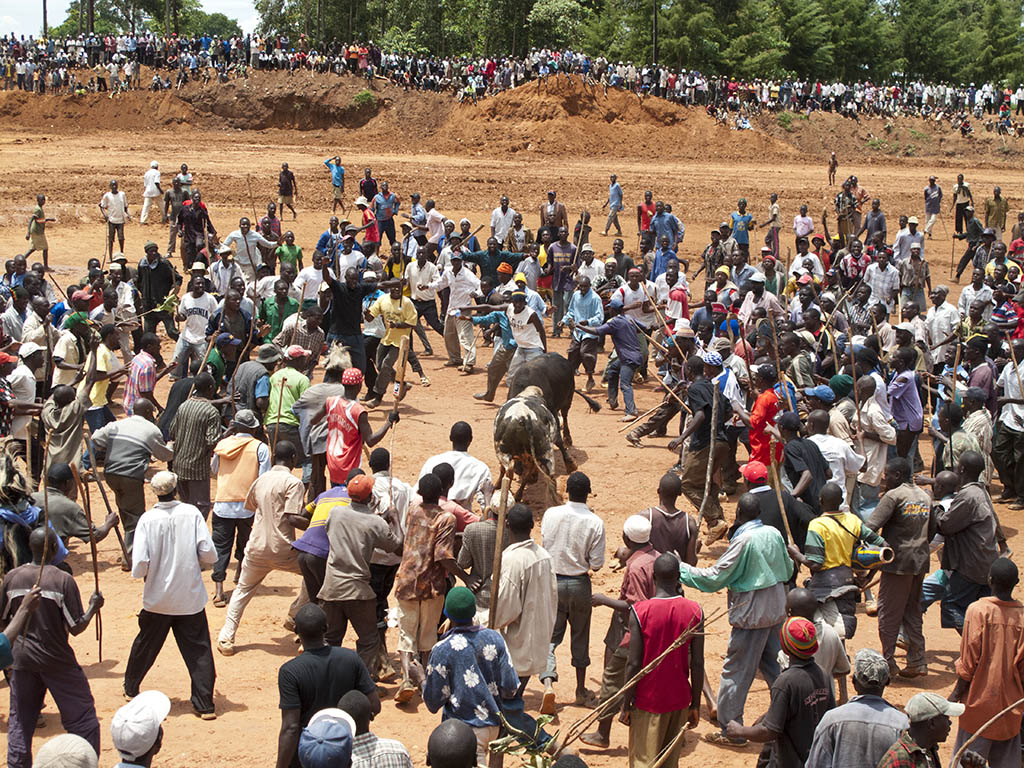
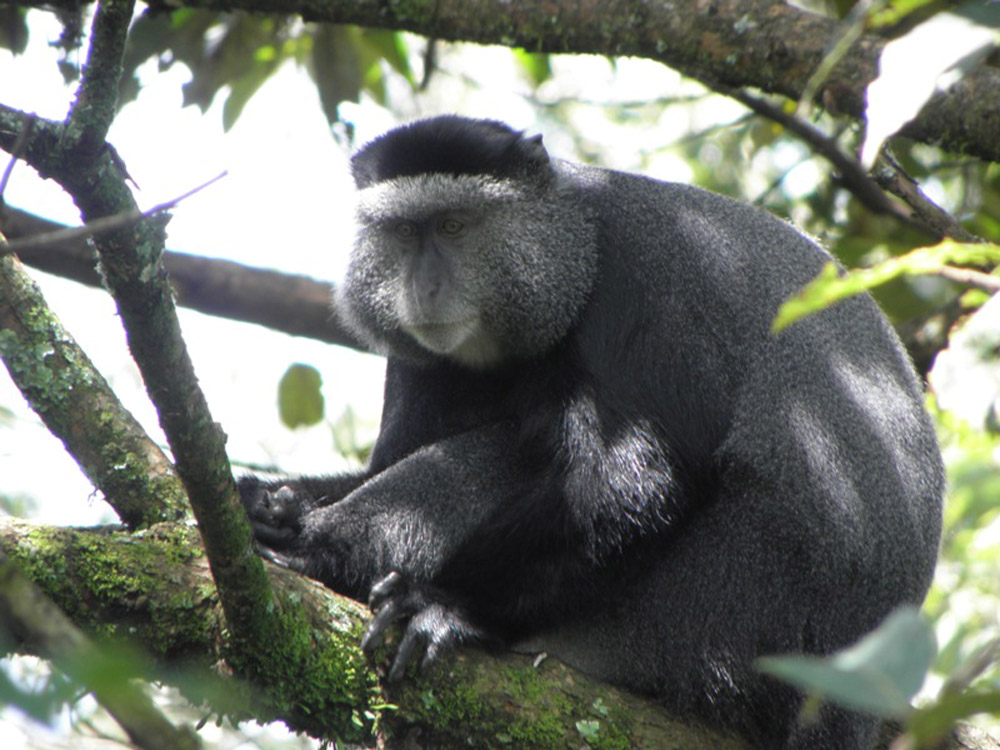

3 Comments
Hi,
I have never heard about Kakamega and your post makes me discover new interestibg places to visit. Thanks!!
I think that these places mentioned above are rich in culture and they allow visitors to enjoy the real soul of African.
Best wishes,
Greeting from Madagascar
Thank for the info; amazing photo
So happy to visit the Kakamega website especially the forest since I come from there but haven’t visited for the last 25 years